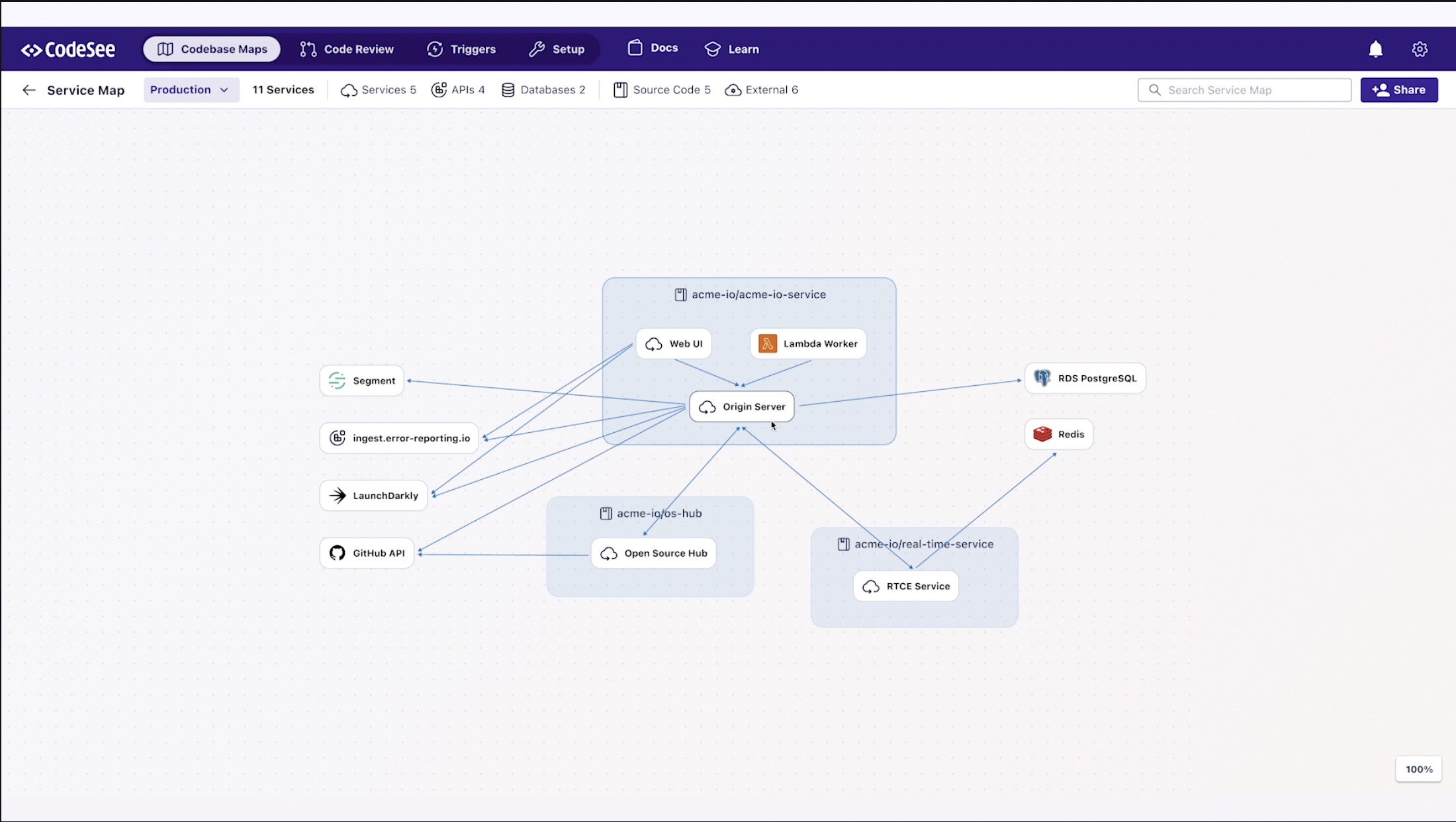As code bases grow ever larger, it becomes increasingly difficult for anyone to understand how the work they are doing fits in with the big picture, where the service dependencies are and how the code flows. CodeSee, an early-stage startup, wants to provide developers and teams with the ability to see the big picture view of the code, a kind of Google Maps for code, and today it released its first commercial product, CodeSee Enterprise.
The product builds on the open source project the startup released last year called OSS Port. The initial product was designed to help visualize code in open source projects, and company co-founder and CEO Shanea Leven reports the community around the open source project has grown to more than 10,000 members. Starting with an open source project and building a strong community is a good base on which to build a commercial company.
While the community version will remain free for open source projects and private repos with up to three collaborators, the new enterprise product builds on that initial offering, providing larger groups of developers and enterprises with the kinds of features they need.
“Our enterprise product builds on the community version by providing an unlimited number of users for our code automation feature. Plus, it enables developers to visualize service boundaries, which is something that we’re incredibly excited about,” Leven told TechCrunch. In fact, she said that it was one of the feature requests they heard about most in the soft beta of the commercial product. Companies were hungry for a way to visualize how the the various micro services in a code base interact.

CodeSee Service Map. Image Credits: CodeSee
“Using CodeSee, we can tell you where services are being consumed in the code, which is a huge visibility problem when it comes to service-oriented architecture and micro services. [Developers] have no idea how these services are talking to one another, where they’re located in the code or how they’re being consumed. And we can show that now,” she said.
She said the idea is that some of the people using OSS Port for side projects will want to bring the tool to their day jobs inside organizations, and the goal is to provide a consistent experience. “We want to ensure that developers using OSS Port, who work at [larger] companies have access to the same tools in a corporate code base that they would for the open source repos,” she said.
In addition to providing a visual overview of the code base and the service dependencies visualization, CodeSee also can help enforce governance rules around interacting with the code and also enable companies that require it to keep the map on private servers.
The company was founded in 2019 and has raised $10 million, including a $7 million secondary seed in January. CodeSee Enterprise is available starting today.
